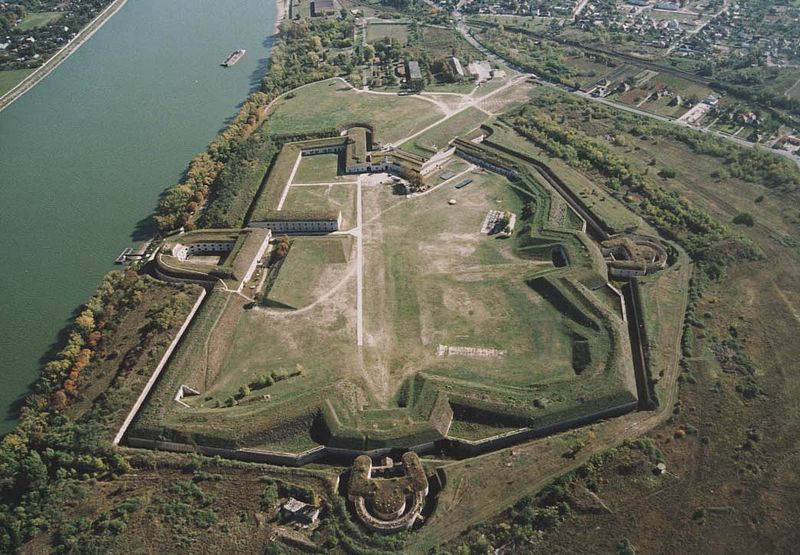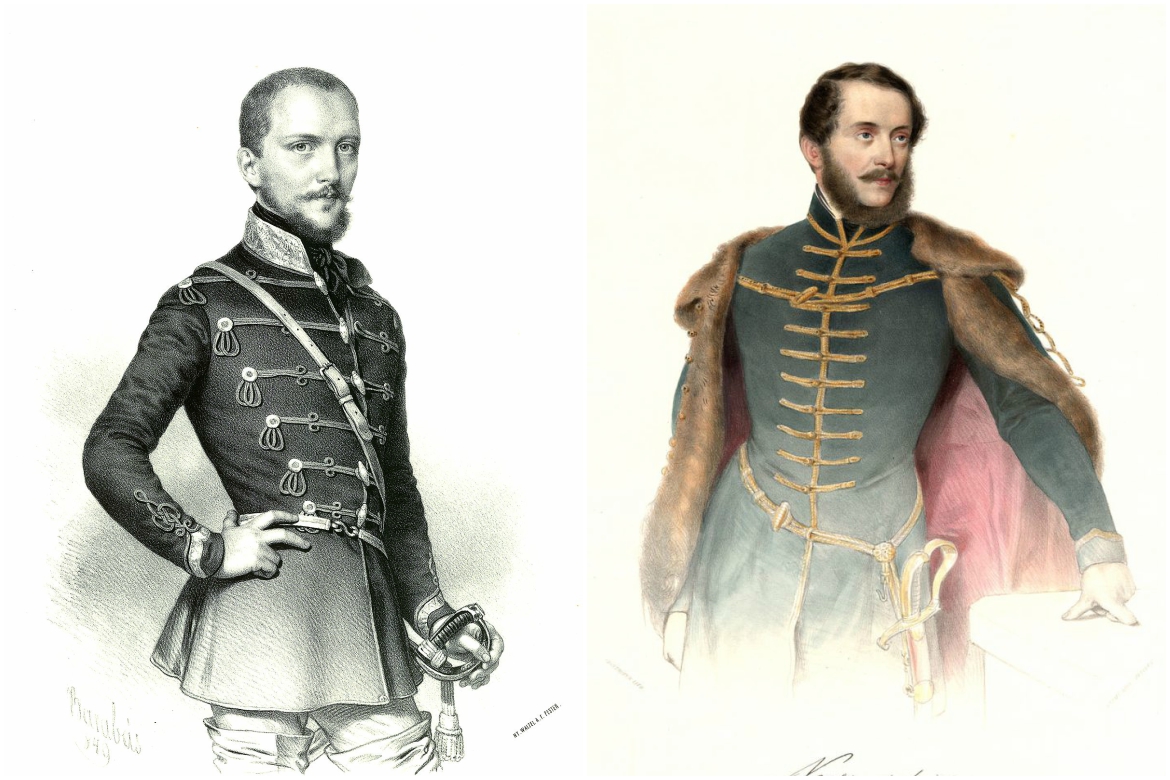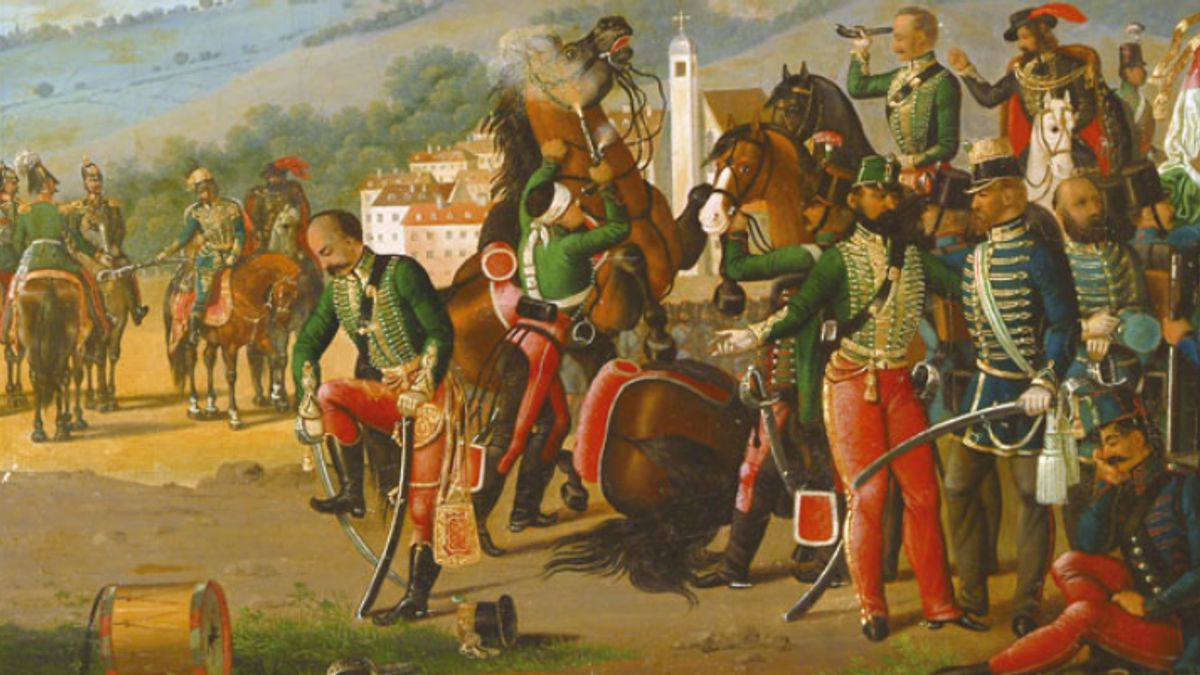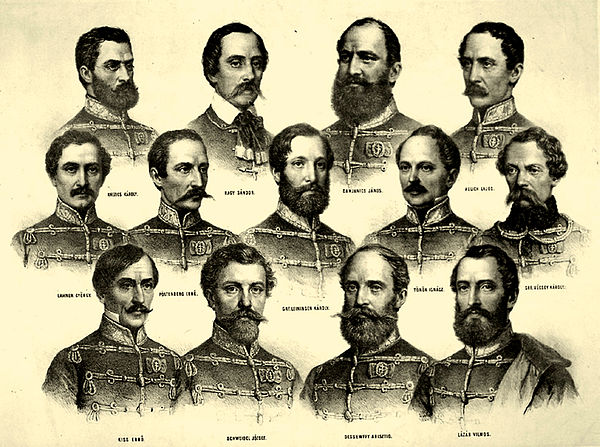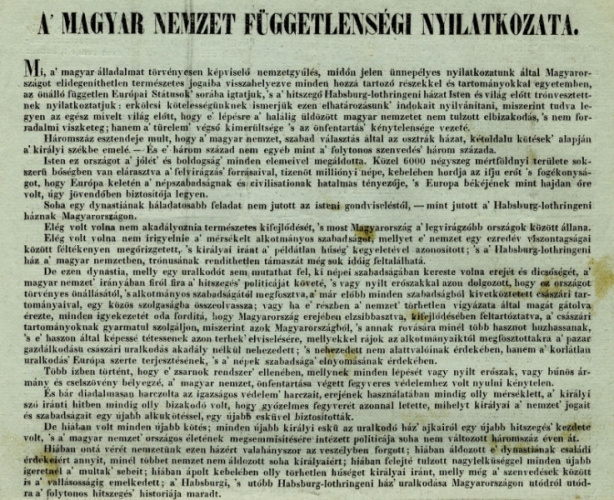
Hungarian independence from the Habsburg dynasty – Debrecen
Hungarian figure of the „Revolutions of 1848„ topic
The second phase of the Hungarian Revolution of 1848 witnessed the escalation of the struggle into an all-out War of Independence. This period, defined by intense military campaigns and radical political decisions, reached a symbolic zenith in Debrecen, the temporary seat of the Hungarian government, where the Declaration of Independence was issued on April 14, 1849.
Following the fall of Pest-Buda to imperial forces under General Windisch-Grätz in January 1849, the Hungarian Diet relocated to Debrecen, a city far from the immediate threat of the advancing Habsburg army. This move not only ensured the continuity of Hungarian governance but also allowed for the consolidation of revolutionary efforts in the Great Hungarian Plain. Debrecen’s Reformed Great Church became a symbol of defiance and resilience, hosting the revolutionary assembly and symbolizing the spiritual underpinnings of Hungary’s struggle for freedom.
The pivotal moment in Debrecen came with the Declaration of Independence, authored primarily by Lajos Kossuth. This document formally severed ties with the Habsburg dynasty, citing the dynasty’s betrayal of Hungary’s constitutional rights and its reliance on foreign intervention, particularly the alliance with Russia. Kossuth was proclaimed Governor-President, a role that symbolized Hungary’s newfound sovereignty. This bold proclamation positioned Hungary not only as a defender of its own national identity but also as a beacon of resistance against autocratic rule in Central Europe.
Debrecen served as the nerve center for Hungary’s military resurgence. Under the leadership of General Artúr Görgei, the Hungarian forces achieved significant victories in the Spring Campaign of 1849, including decisive battles at Hatvan, Isaszeg, and Vác. These successes temporarily turned the tide of war, enabling the Hungarian army to reclaim Pest-Buda in May 1849.
Meanwhile, Józef Bem’s campaigns in Transylvania pushed back both Austrian and Russian forces, demonstrating Hungary’s ability to hold its ground even against overwhelming odds. This military resurgence instilled hope in the revolutionaries and further underscored Hungary’s determination to achieve independence.
The Hungarian declaration had profound implications for Central Europe. It galvanized nationalist movements across the region while alarming reactionary powers like Austria and Russia. The Habsburg monarchy, under Franz Joseph I, sought Russian military intervention through the Holy Alliance, framing Hungary’s revolution as a threat to the broader European order.
Despite initial victories, Hungary’s isolation and the overwhelming might of the combined Austrian and Russian forces led to the eventual retreat of revolutionary forces. By late July 1849, Debrecen fell to imperial troops, signaling the beginning of the end for the revolution. The Hungarian government retreated further east, culminating in Görgei’s capitulation at Világos in August.
Debrecen’s historical significance as a center of Hungarian sovereignty was reaffirmed nearly a century later, during the tumultuous final stages of World War II. In December 1944, the city once again became the seat of Hungarian governance when the Provisional National Assembly convened there. This body, formed amidst the chaos of the collapsing Axis powers, represented a turning point in Hungary’s history as it sought to distance the nation from Nazi Germany and align it with the Allied forces.
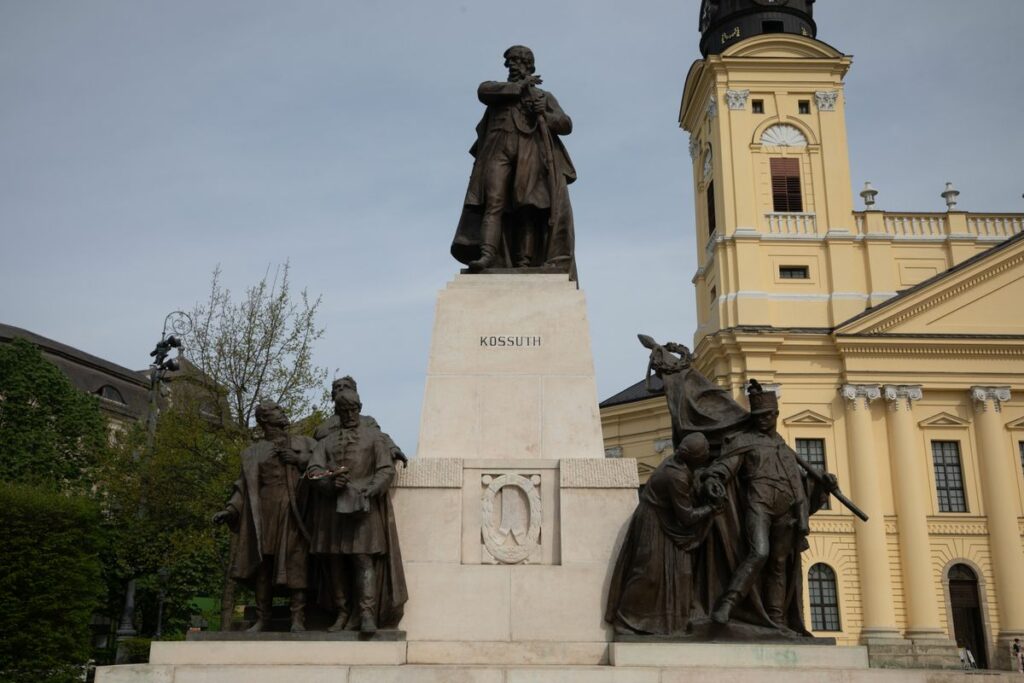
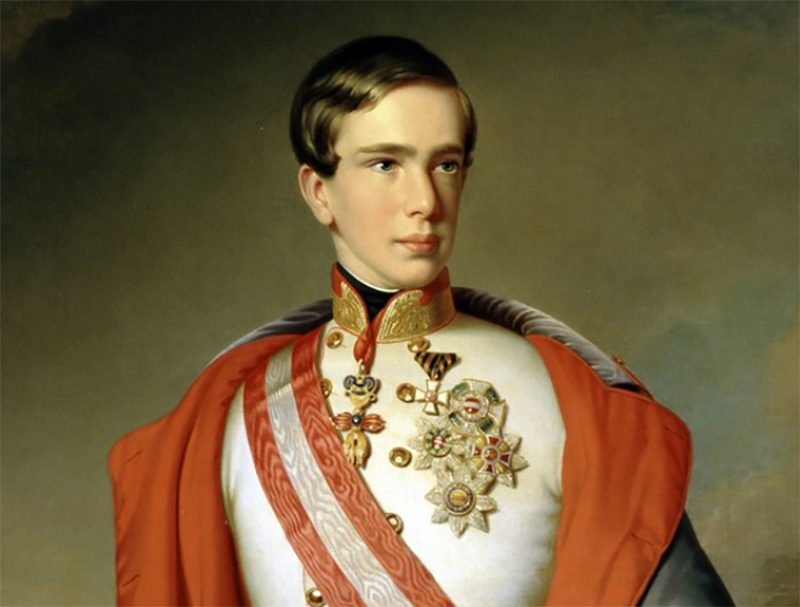
Facts


